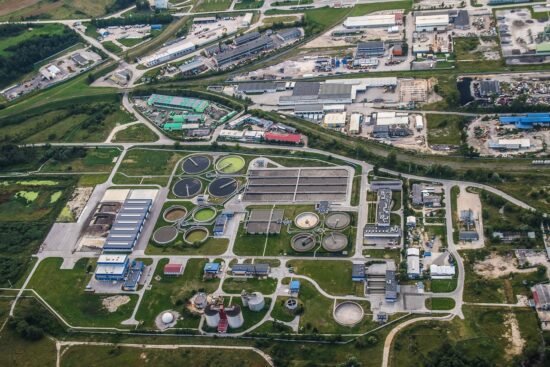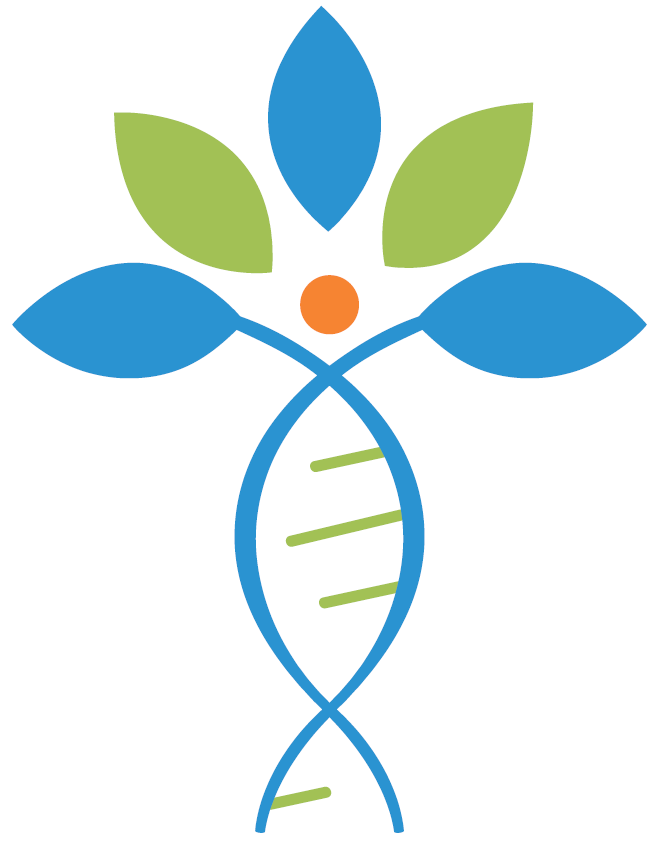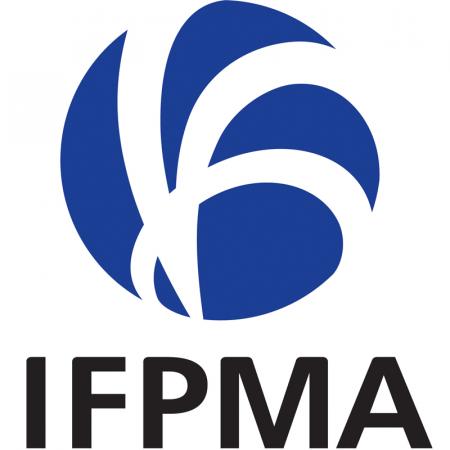Longitudinal monitoring of sewershed resistomes in socioeconomically diverse urban neighborhoods
A study in Calgary, Canada, explored the relationship between socioeconomic status (SES) and antimicrobial resistance (AMR) using spatially-resolved wastewater-based surveillance of resistomes detected by metagenomics across eight socio-economically diverse urban neighborhoods. The study found that wastewater metagenomes from Calgary’s socioeconomically diverse neighborhoods exhibit highly similar resistomes, with no quantitative differences, low Bray-Curtis dissimilarity, and no significant correlations with SES. However, dissimilarity was observed between globally-sourced resistomes, underscoring the homogeneity of resistomes in Calgary’s sub-populations. The analysis of globally-sourced resistomes alongside Calgary’s resistome revealed a lower AMR burden in Calgary compared to other cities worldwide, particularly for the most clinically-relevant AMR genes. This work highlights the effectiveness of inclusive and comprehensive wastewater-based surveillance for exploring the interplay between SES and AMR.
AMR NEWS
Your Biweekly Source for Global AMR Insights!
Stay informed with the essential newsletter that brings together all the latest One Health news on antimicrobial resistance. Delivered straight to your inbox every two weeks, AMR NEWS provides a curated selection of international insights, key publications, and the latest updates in the fight against AMR.
Don’t miss out on staying ahead in the global AMR movement—subscribe now!







